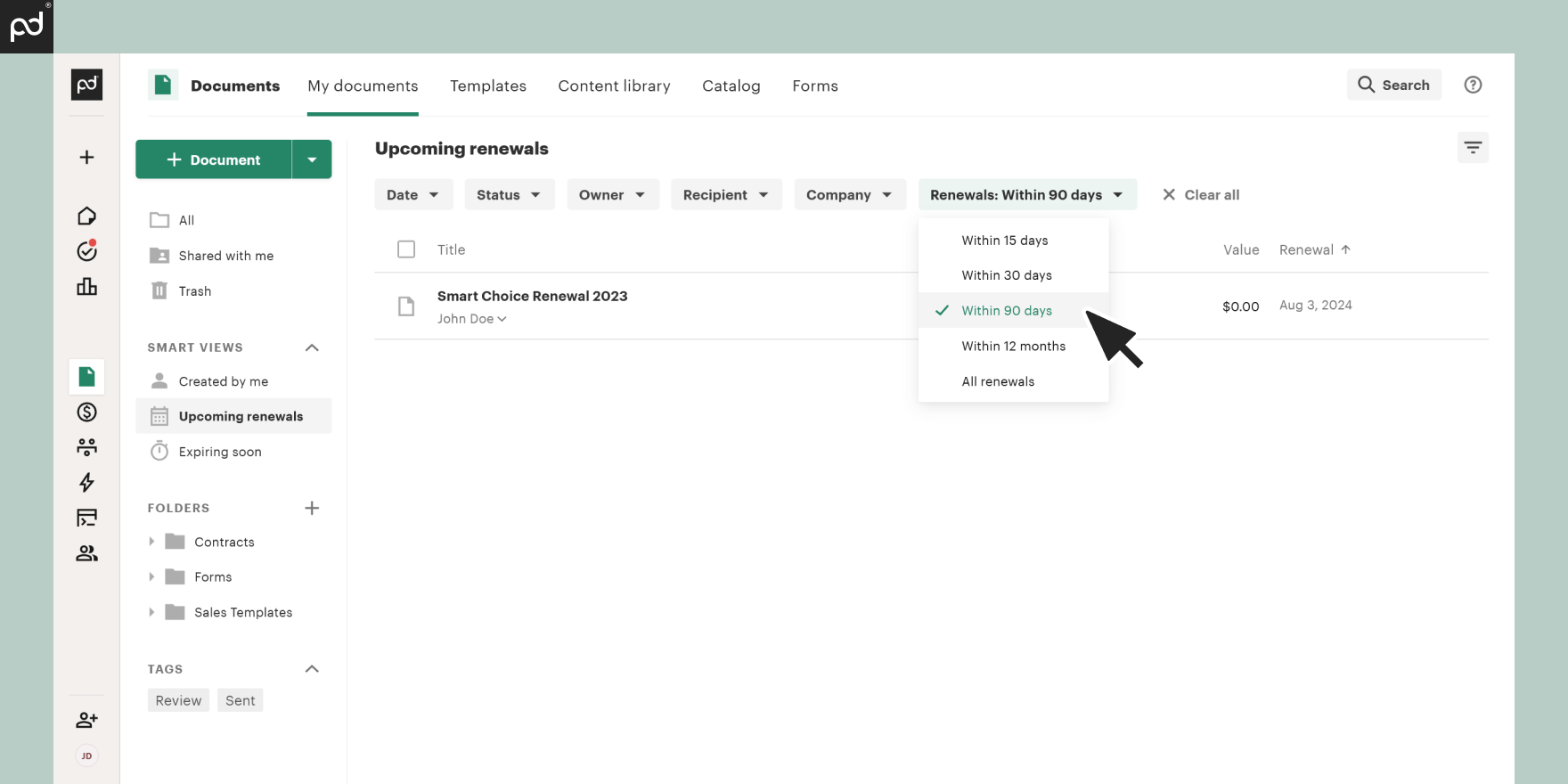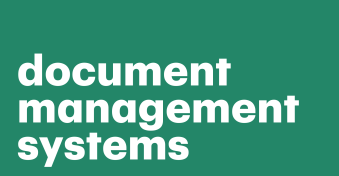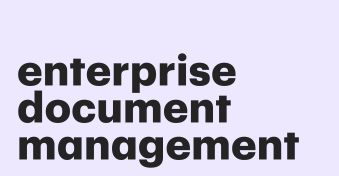Managing manufacturing documents involves overseeing licenses, monitoring regulatory compliance, keeping tabs on signatories, and a litany of other business processes.
If done wrong, it can lead to contract disputes, license suspensions, and regulatory fines.
If done right, clients and manufacturers will collaborate seamlessly and ensure unmatched customer satisfaction.
The road to victory begins with setting up the right management process and choosing the perfect document management solution (DMS) for your unique manufacturing needs.
Strap in as we navigate the best practices of using manufacturing document management systems as well as the challenges to expect.
Key takeaways
- Manufacturing document management involves handling contracts, certifications, licenses, technical documentation, and other documents related to the process.
- A document management solution can help designers, manufacturers, and clients negotiate faster and more transparently with features like audit trails and version control.
- Some challenges of using manufacturing document management software include data security, regulatory compliance, data extraction, and tracking user activity.
Use a document management system
To reduce the stress of manually drafting, storing, and editing these sensitive documents, choose a document management system geared for manufacturing.
For instance, Vallen Distribution, a metalworking company, used our document control software to reduce time spent on creating proposals by 75%.
Adopting the PandaDoc solution has allowed them to put out proposals earlier than their competitors.
The platform also provides manufacturing companies with a vast library of templates, proposal software, and a dedicated CPQ (configure, price, quote) for the design and manufacturing processes.
In addition, using a manufacturing document control system reduces your company’s carbon footprint — which is a pertinent issue in the manufacturing industry.
Going green also gives you tax breaks.
Document every stage
Keep detailed records of every action or decision taken during negotiations in your document storage, starting from the proposal to the final agreement.
Some documents to save in your repository include:
- Drawings (2D and 3D sketches), prototypes, 3D models, and product specifications.
- Licenses, certifications, and permits according to local law or industry standards.
- Inspection guidelines, standard operating procedures (SOPs), and quality management documents
- Shipping and storage inventory and logistics documents
- Bill of materials (BOM), invoices, and payment receipts
- Original proposals and all copies of your written agreements
Maintaining a solid paper trail of records will keep manufacturing operations organized and help supervisors and stakeholders stay abreast of progress updates.
Keep documents and certifications updated to industry standards
Part of document management involves going through documents to ensure they meet current regulatory standards.
Some standards to bear in mind include:
- Current Good Manufacturing Practice (CGMP)
- International Organization for Standards (ISO)
- Hazard Analysis Critical Control Point (HACCP)
- North American Industry Classification System (NAICS)
- Corrective and Preventive Action (CAPA)
For instance, working with an expired license could lead to the closure or total termination of your permits. In cases of severe violations, OSHA, or the regulatory body, can fine contract manufacturers.
So how do you keep manufacturing documents updated? For starters, establish a review process for every dated document to ensure timely renewal.
Other options include outsourcing renewals to legal entities specialized in this field, utilizing customizable contract renewal templates, and/or relying on automation, which we’ll discuss next.
Automate renewals and approvals
Instead of keeping tabs on paper documents and renewals manually, use automation to reduce the workload.
Assuming you want to sign a contract with an original equipment manufacturer (OEM). Here is what automating the workflow approval process might look like in a typical manufacturing document:
- Discuss the roles and responsibilities of every stakeholder.
- Assign tasks to each user based on these roles.
- Add the necessary fields and invite the users to work on the document.
- Set conditions to control what happens after specific user actions. For example, if the quantity surveyor approves the bill of materials, the project manager receives an instant alert.
- Review user activity to confirm whether all authorized stakeholders on both the client’s and OEM’s sides have viewed or worked on the document.
- Set up reminders and renewal alerts based on the expiration date. You’ll get renewal notifications in advance.
For example, here’s how to automate viewing any upcoming document or contract renewals in PandaDoc, including the ability to filter by date (within 30 days, within 90 days, etc.). Check it out:
Integrate additional features
Security is the most important feature of a document management system.
The top providers have ISO certification, which is a gift for contract manufacturing.
But to protect sensitive data and manufacturing documentation, add more security features and encryption protocols to the document management software.
Suppose you are building specialized medical devices for a multinational pharmaceuticals company; here are some additional security features to protect trade secrets:
- Multi-factor authentication (authenticator app, SMS, email)
- 256-bit encryption (AES) and TLS.
- Role-based access controls (RBAC)
- Anti-malware protection and pseudonymization
- Digital signatures and data backup
- Automated auditing and reporting
Apart from security features, integrate enterprise resource planning (ERP) tools and customer relationship management (CRM) solutions. Use payment management software to settle invoices and close deals faster.
Challenges you can solve with a manufacturing document management solution
Version control
When multiple people work on the same document, it often leads to confusion about which version to follow up on.
This also makes it difficult for manufacturing companies to reverse changes, especially for mid-project adjustments.
However, properly curated document control software makes it easy for stakeholders to track changes without data duplication or messing up current progress.
Tracking
Knowing who worked on the document and what they worked on is difficult with multiple signatories and contributors.
Say someone changes the unit price of each turbine at the last minute.
You can rely on tracking features to know whether the OEM or quantity surveyor made the changes. This leads to accountability and transparency.
Digital signatures also add extra authenticity to documents — which will help you confirm the identity and validity of the contents before signing or approving payments.
Data entry and extraction
When you have a manufacturing contract on paper, feeding the details into the document management system is a common challenge.
Similarly, extracting data from digital documents can be a chore.
The solution? Use OCR-enabled document management solutions to extract data from proposals, invoices, and manufacturing agreements.
AI-enabled solutions can also extract contract intelligence and metadata in order to create a brief profile for every client or manufacturer.
Regulatory compliance
Use compliance monitoring tools to track documentary changes, automate renewals, and update documents to current standards.
For massive manufacturing projects with international entities, hire a compliance lawyer to ensure coverage and quality assurance on both ends.
Manager manufacturing documents with ease
Proper manufacturing document management streamlines workflows and administrative processes and keeps all your important documents up to date.
That’s why you need a secure document management solution that is compliant with manufacturing industry regulatory requirements.
To find out how PandaDoc can help you manage manufacturing documents, contact the sales team or schedule a 15 minute demo today.
Disclaimer
PandaDoc is not a law firm, or a substitute for an attorney or law firm. This page is not intended to and does not provide legal advice. Should you have legal questions on the validity of e-signatures or digital signatures and the enforceability thereof, please consult with an attorney or law firm. Use of PandaDoc services are governed by our Terms of Use and Privacy Policy.




